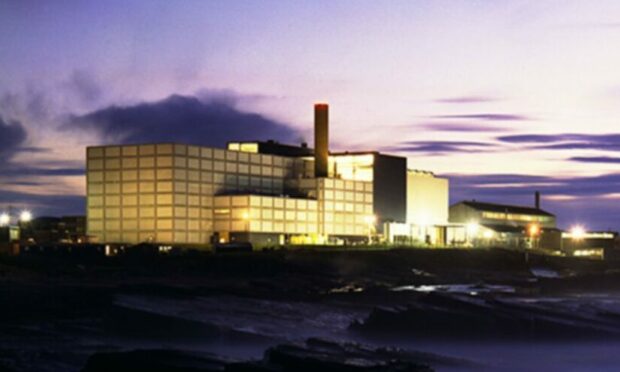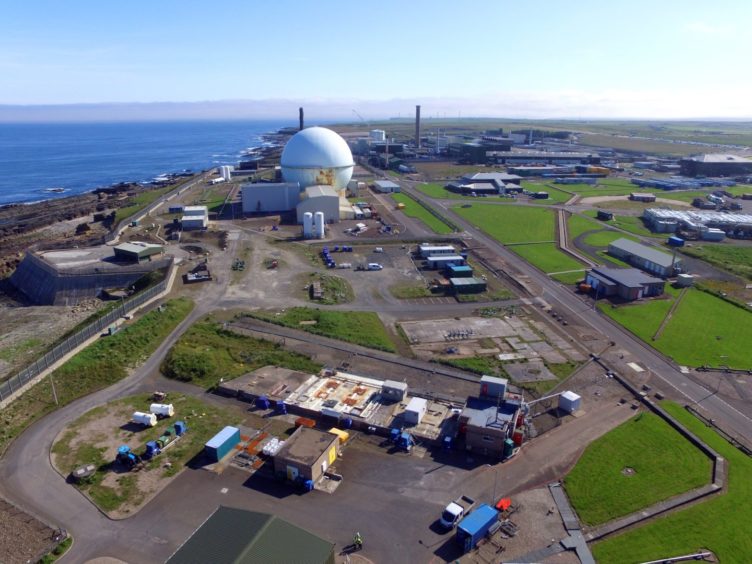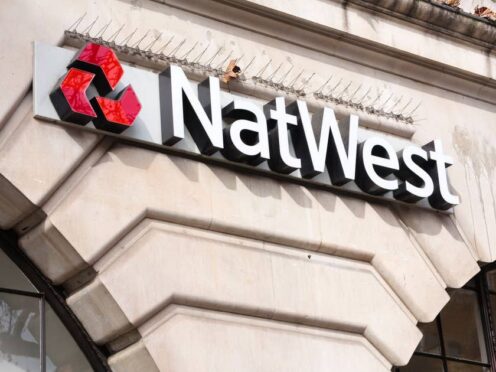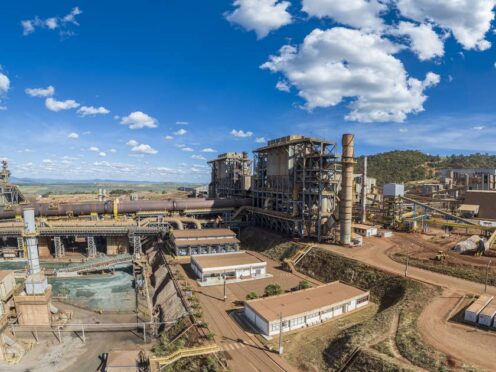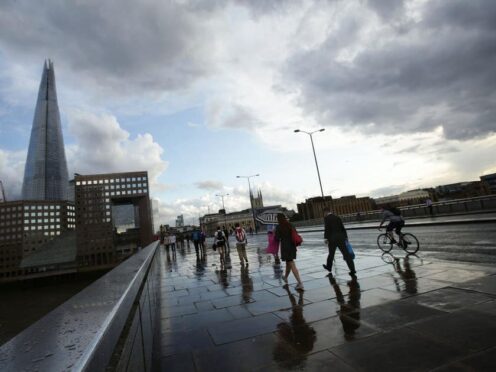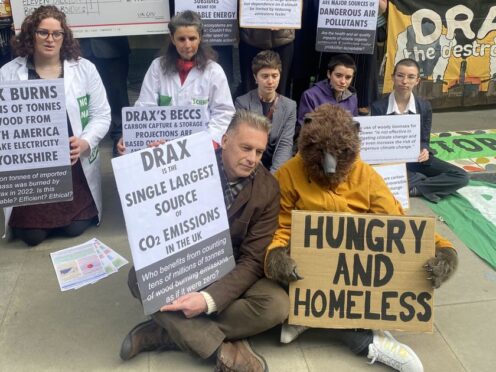Contracts totalling £11.2million for two complex decommissioning projects at Dounreay have been awarded to US technical services giant Jacobs.
The company said the work would involve some of the “most challenging” buildings at the former nuclear power development facility, on the Caithness coast.
The contracts were awarded by Dounreay Site Restoration (DSRL), which is responsible for cleaning up the site on behalf of its owner, the Nuclear Decommissioning Authority (NDA).
One, worth £7m, will involve upgrading the ventilation systems for the Prototype Fast Reactor (PFR) to enable completion of its decommissioning.
Under the other £4.2m contract, Jacobs, which has been involved in projects at Dounreay for more than two decades, will develop the decommissioning strategy for the Fast Reactor Fuel Reprocessing Plant.
Projects a ‘crucial’ part of plant’s decommissioning
The Dallas-based group’s energy, security and technology senior vice-president, Karen Wiemelt, said: “We will deploy our full range of project management, technical and delivery capabilities for these projects, which involve some of the most challenging buildings at Dounreay and are crucial to achieve the scheduled interim end state.
“These projects continue the complex work Jacobs has performed to make the site and surrounding areas safe and clean for future generations.”
DSRL’s head of reactors, Phil Cartwright, added: “At PFR there are a number of unique decommissioning challenges.
Replacement of the ventilation system will enable us to safely complete the decommissioning work, whilst ensuring the required environmental controls are in place, over the next 10-15 years.”
The scope of the PFR project will include the removal of the existing vent plant and design, manufacture, testing, installation and commissioning of a new discharge stack.
It will also include installing replacement supply and extraction fans, high-efficiency particulate absorbing (Hepa) filters, containment dampers, discharge contamination monitoring equipment and a new tritium monitoring system.
Designed in the early 1960s, the PFR was a mixed oxide (MOX) fuelled, liquid sodium-cooled fast reactor, which began supplying the National Grid in January 1975 and was taken out of service in 1994.
In 2019, Jacobs was one of six organisations to be awarded a four-year framework agreement by DSRL for decommissioning work totalling up to £400m at Dounreay.
DSRL announced the award of an £8m contract to the firm in March to clean up radioactive waste in the shaft and silo at the site in a project which started in June.
Dounreay Nuclear Power Development Establishment was set up in 1955 to develop civil fast breeder reactor (FBR) technology and was operated by the United Kingdom Atomic Energy Authority (UKAEA). Nuclear power generation at the facility ended in 1994.
Last August, the NDA estimated it would be 2333 before the 148 acres of land it covers will be safe for reuse.
Earlier this year the organisation said cleaning up the site could become quicker and cheaper after a scientific breakthrough.
Jacobs, which is NASA’s largest contractor, was recently commissioned by the Caithness and North Sutherland Regeneration Partnership (CNSRP) to show how a north of Scotland “space cluster” can play a role in an industry expected to be worth £4billion in the UK by 2030.
